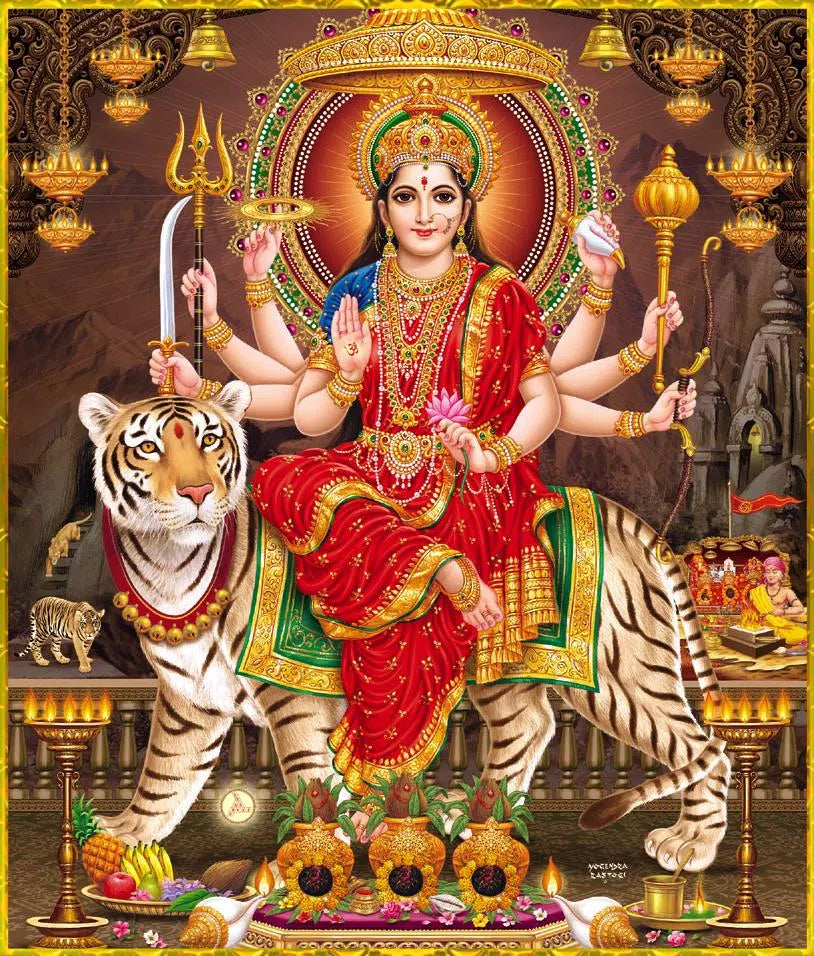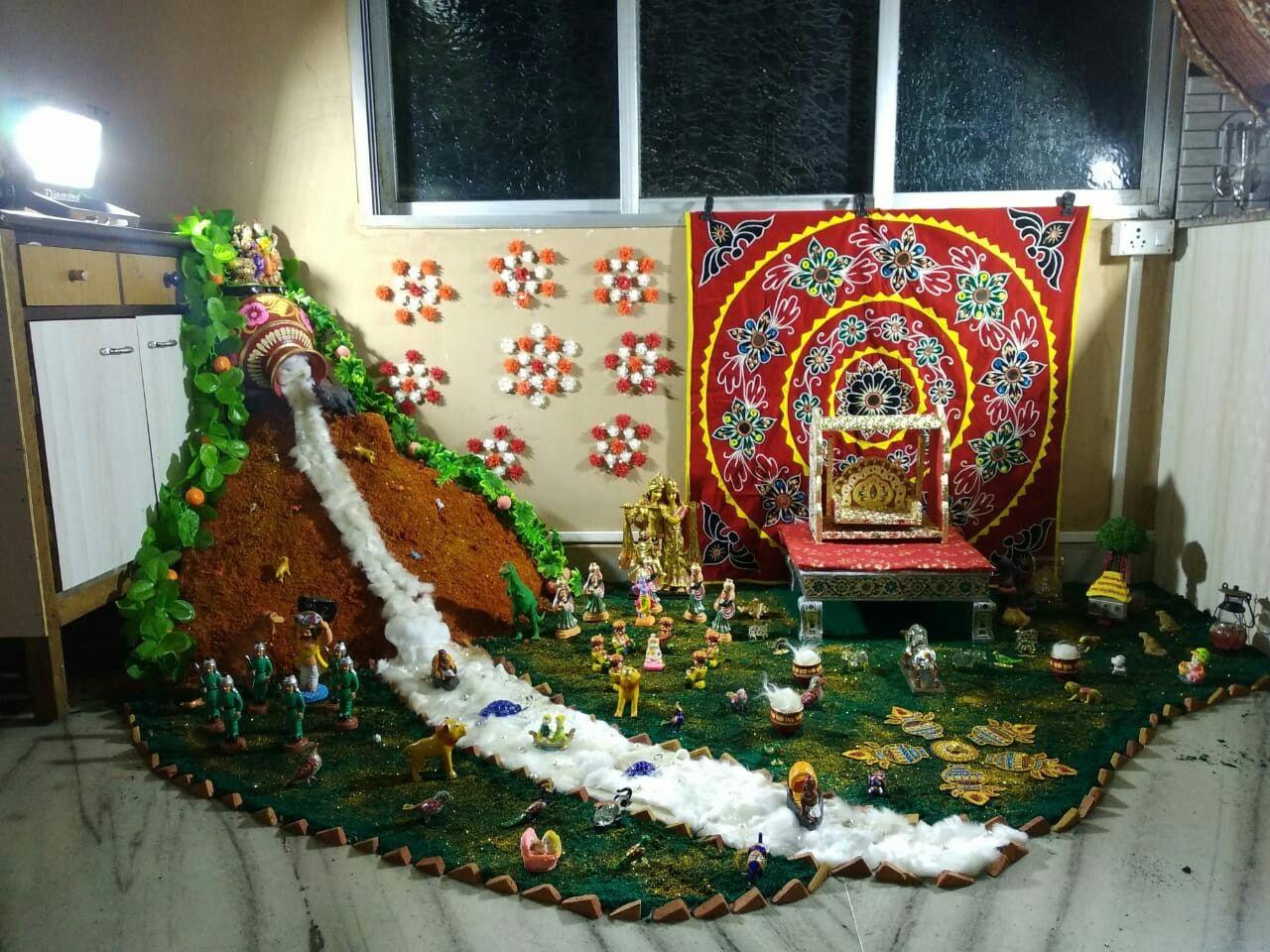
The history and significance of the Durga Puja festival
Durga Puja, also known as Durgotsav or Sharadiya Durgotsav, is an annual Hindu festival that celebrates the victory of good over evil. The festival is primarily celebrated in India, especially in the eastern states of West Bengal, Odisha, and Tripura. Durga Puja is a major festival in these regions and is celebrated with great enthusiasm and fervor.
The History of Durga Puja

The history of Durga Puja dates back to ancient times when it was celebrated by the Kings of Bengal. According to Hindu mythology, Goddess Durga was created by Lord Brahma, Lord Vishnu, and Lord Shiva to defeat the demon Mahishasura, who had become invincible due to a boon granted by Lord Brahma. The Goddess was given weapons by various gods and was also given a lion as her mount.
The battle between the demon and the Goddess went on for nine days, and on the tenth day, the Goddess killed Mahishasura, thus restoring peace and order to the world. This victory of good over evil is celebrated as Durga Puja.
Significance of Durga Puja

Durga Puja is celebrated for ten days, and each day has its significance. The first day of the festival is known as Mahalaya, which marks the beginning of the festivities. It is believed that on this day, Goddess Durga begins her journey from her heavenly abode to the earth.
The next three days are known as Shashthi, Saptami, and Ashtami, and are dedicated to the worship of Goddess Durga. These days are considered auspicious, and people pray for prosperity, happiness, and good health.
The ninth day of the festival is known as Navami, and it is believed that on this day, the Goddess killed Mahishasura. The tenth day of the festival is known as Vijayadashami or Dussehra, and it marks the victory of good over evil. On this day, the idols of Goddess Durga are immersed in water, symbolizing her return to her heavenly abode.
Durga Puja Celebrations

Durga Puja is celebrated with great enthusiasm and fervor in India, especially in West Bengal, where it is considered the biggest festival of the year. The festival is celebrated with much pomp and show, and the preparations for the same start months in advance.
Pandals or temporary structures are set up in every locality, where the idols of Goddess Durga are placed. These pandals are decorated with lights, flowers, and other decorative items, and people come from far and wide to see them.
The idols of Goddess Durga are made with clay and are decorated with colorful clothes and jewelry. The pandals also have food stalls, where people can enjoy various delicacies.
The festival is also marked by cultural programs, where people showcase their talent in various forms of art, such as dance, drama, and music.
Conclusion
Durga Puja is a festival that celebrates the victory of good over evil. It is a major festival in India, especially in West Bengal, and is celebrated with great enthusiasm and fervor. The festival is marked by pandal-hopping, where people visit different pandals to see the idols of Goddess Durga, and cultural programs, where people showcase their talent in various forms of art. Durga Puja is not just a festival but a way of life for many people in India, and it brings people from all walks of life together in a spirit of joy and celebration.
Author
Darshita Nautiyal
(The images used in this podcast are not owned by Anime Devta, they are just to help the readers)

